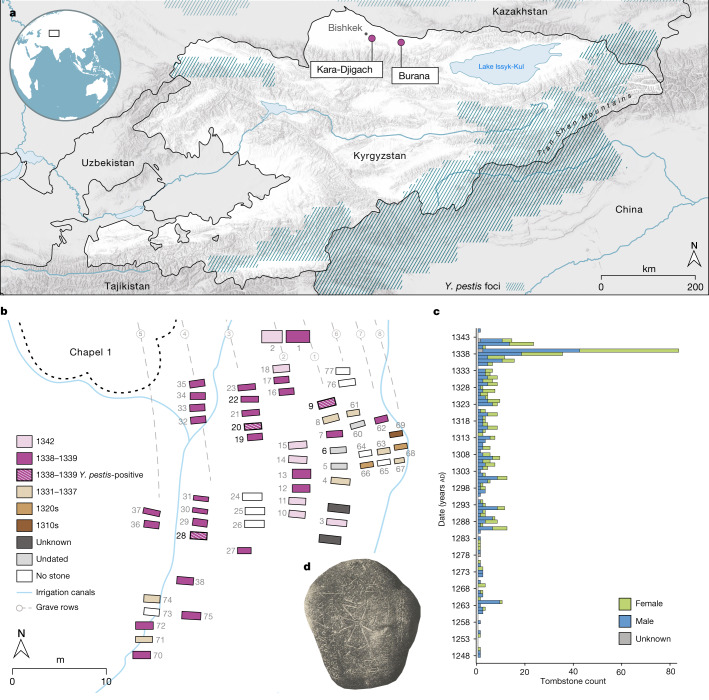Fig. 1. Description of the investigated fourteenth-century Chüy Valley archaeological sites.
a, Locations of the Kara-Djigach and Burana archaeological sites in modern-day Kyrgyzstan. Regions encompassing Y. pestis foci at present are highlighted in blue (as in refs. 18,19). The map was created using QGIS v.3.22.1 (ref. 51) and uses Natural Earth vector map data from https://www.naturalearthdata.com/. b, Area within the Kara-Djigach cemetery, referred to as ‘Chapel 1’ with the highest concentration of excavated burials dating between 1338 and 1339. Burial dates were determined on the basis of their associated tombstones (Supplementary Information 2). The site map has been redrawn based on the original created by N. Pantusov in 1885. Individuals from graves 6, 9, 20, 22 and 28 (the numbers in bold) were investigated using aDNA in this study. Burials shown with stripe patterns were associated with individuals BSK001, BSK003 and BSK007, which showed evidence of Y. pestis infections. c, Annual numbers of tombstones from Kara-Djigach (n = 456) and Burana (n = 11) (Supplementary Table 1). Dataset updated from ref. 9 (see Supplementary Information 2 for details). d, Tombstone from the Kara-Djigach cemetery with legible pestilence-associated inscription. The inscription is translated as ‘In the Year 1649 [=ad 1338], and it was the Year of the Tiger, in Turkic Bars. This is the tomb of the believer Sanmaq. [He] died of pestilence [=mawtānā]’. For a tracing of the inscription, see Extended Data Fig. 1.

